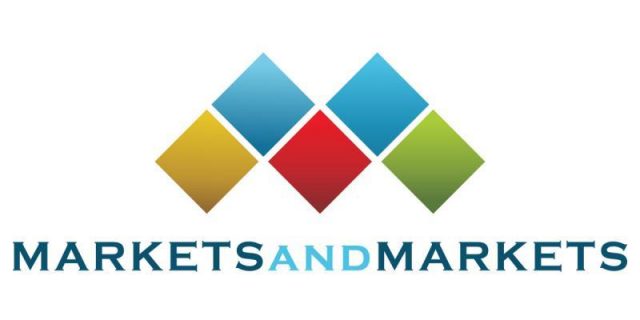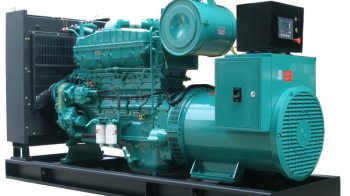
The utility asset management market is expected to grow from an estimated USD 2.75 Billion in 2017 to USD 4.09 Billion by 2022, registering a CAGR of 8.25%, from 2017 to 2022. The global market is set to witness a significant growth due to increasing investments in grid modernization, requirement for energy efficiency, necessity to reduce transmission and distribution losses, and increasing grid complexity.
The public utility segment is expected to hold the largest share of the utility asset management market, by utility type, during the forecast period
Most of the utilities across the globe are either country owned or state owned. The public utility segment within the utility type segment led the utility asset management market in 2016 and is expected to dominate the market during the forecast period.
The growth of this segment is primarily driven by increasing investments in grid modernization and requirement for energy efficiency. Public utilities are funded by government and have a huge customer base. Increasing investments in distributed energy generation sources have increased the grid complexity, as these sources are to be connected to grid for reliable supply of power. The T&D lines are expected to be maintained in a good condition to achieve reliable power and energy efficiency. Thus, management of utility assets is needed to maintain the good health of assets and reduce T&D losses. These factors are likely to drive the utilities to make heavy investments in utility asset management.
Download PDF Brochure @ https://www.marketsandmarkets.com/pdfdownloadNew.asp?id=218324969
Scope of the Report:
- By Application
- Transformer
- Sub-Station
- Transmission & Distribution Lines
- By Component
- Hardware
- Software
- By Utility Type
- Public Utility
- Private Utility
- By Region
- North America
- Asia Pacific
- Europe
- South America
- The Middle East & Africa
The hardware segment is expected to be the fastest growing component segment of the utility asset management market
The component segment is divided into hardware and software sub-segments. The sensors in hardware and equipment/component management market in software, led the utility asset management market in 2016, and is expected to dominate the utility asset management market during the forecast period.
The sensors in the hardware segment provide the data related to various utility assets, based on various parameters, such as, voltage, current, heat, temperature, and frequency. These data provided by sensors are used by equipment /component management system to provide actionable information which is used to form a predictive maintenance schedule depending on the health of assets. Countries, such as the US and Germany are expected to drive the market demand, mostly because of the ongoing investments in grid modernization.
Sample Copy @ https://www.marketsandmarkets.com/requestsampleNew.asp?id=218324969
North America: The leading market for utility asset management system
In this report, the utility asset management market has been analyzed with respect to five regions, namely, North America, Europe, Asia Pacific, the Middle East and Africa, and South America. The market in North America is expected to dominate the global utility asset management market.
For instance, on 14th January 2016, the department of energy in the US announced an investment of USD 220 million for America’s grid modernization which is distributed across 80 different projects. Hence, the US presents a greater opportunity for utility asset management.
Key Market Players –
To enable an in-depth understanding of the competitive landscape, the report includes profiles of some of the top players in the utility asset management market. These players include Siemens AG (Germany), ABB Ltd. (Switzerland), General Electric Company (US), and Emerson Electric (US). The leading players are trying to understand the markets in developing economies and are adopting various strategies to increase their market share.


